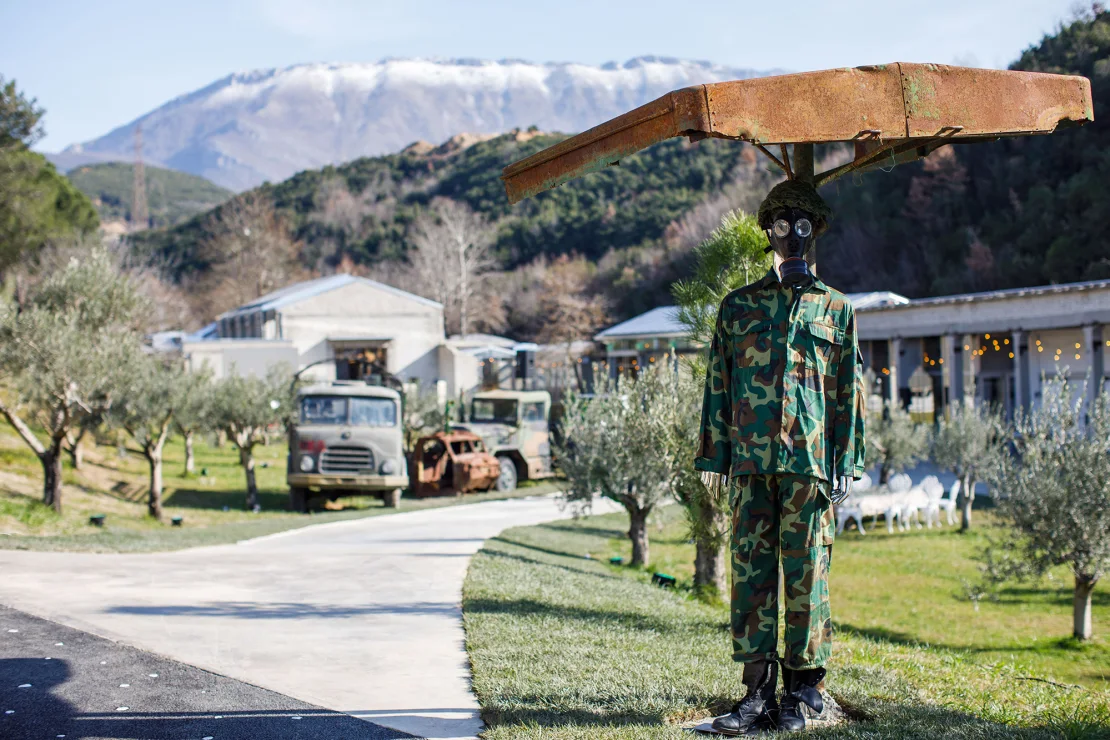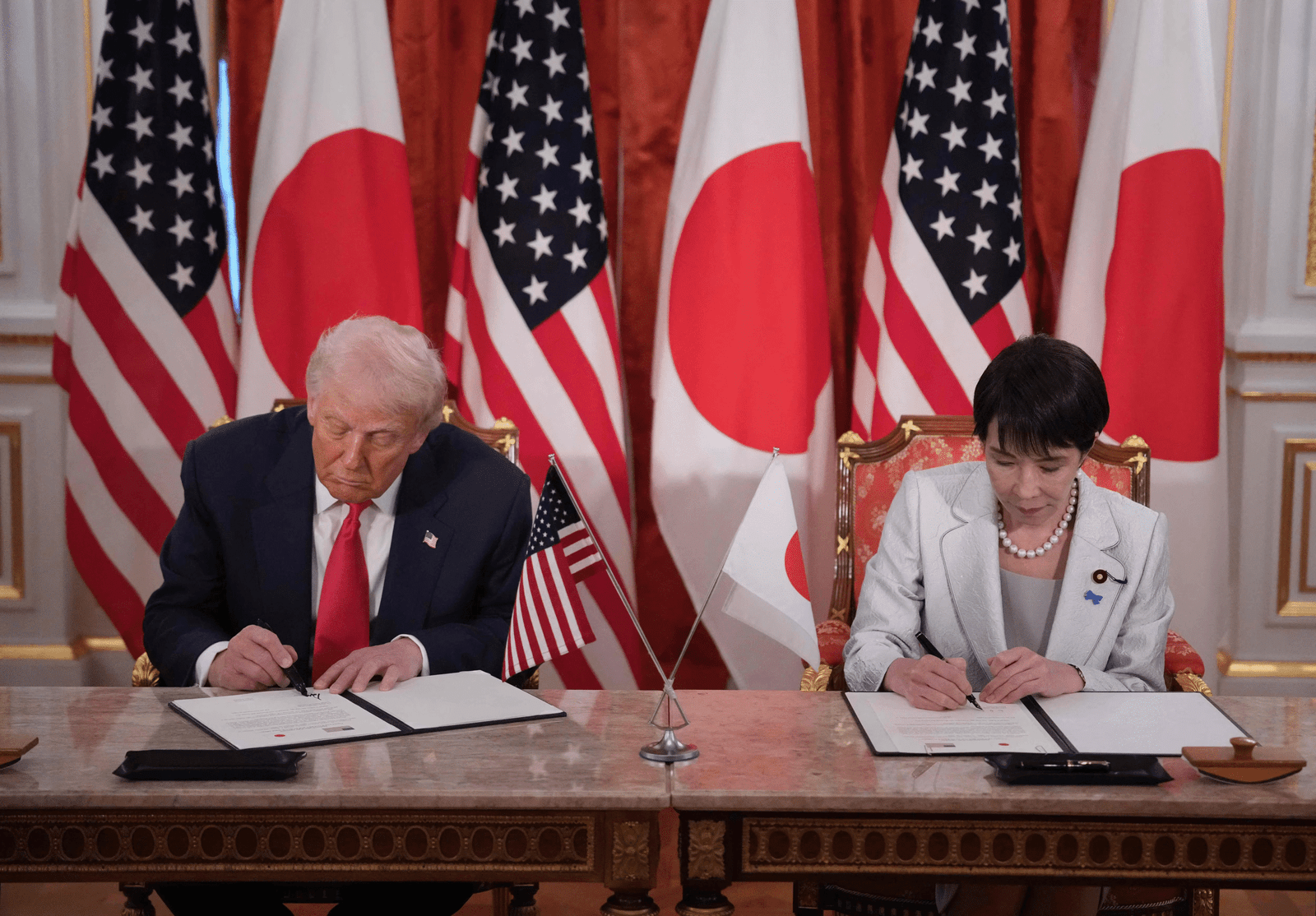As tensions rise in global politics, a relic from the Cold War era is experiencing a resurgence: bunkers. Built during a time of fear and uncertainty, these underground shelters were designed to protect civilians and military personnel from nuclear fallout and other wartime threats.
While many of these bunkers fell into disuse after the end of the Cold War, recent geopolitical developments have prompted renewed interest in them. In the face of increasing global instability, a number of countries are revisiting their Cold War-era structures and even repurposing them for modern use.
In some places, former government bunkers are being converted into luxury residences, while others are being restored to serve as emergency shelters in case of nuclear or chemical attacks. This revival of Cold War paranoia has sparked a range of responses from the public, with some viewing it as a necessary precaution in an increasingly uncertain world, while others see it as a throwback to a bygone era of fear.
As the world faces mounting threats from both state and non-state actors, the bunker revival serves as a reminder of the enduring impact of Cold War-era anxieties and the lengths some are willing to go to ensure their safety in times of crisis.











